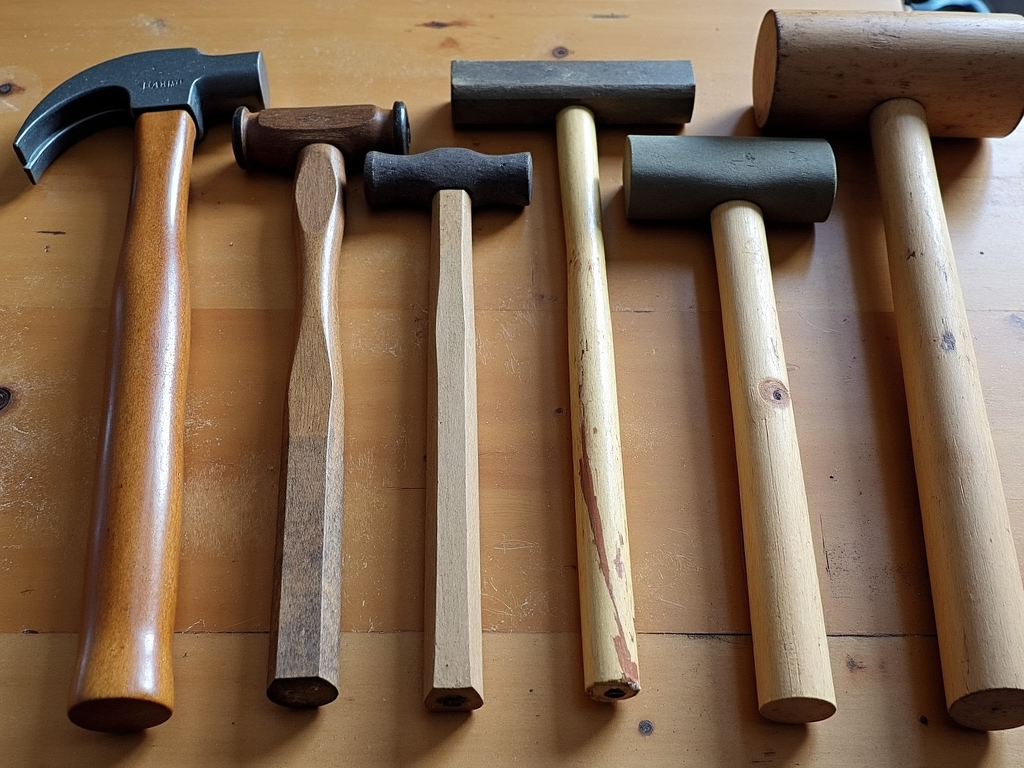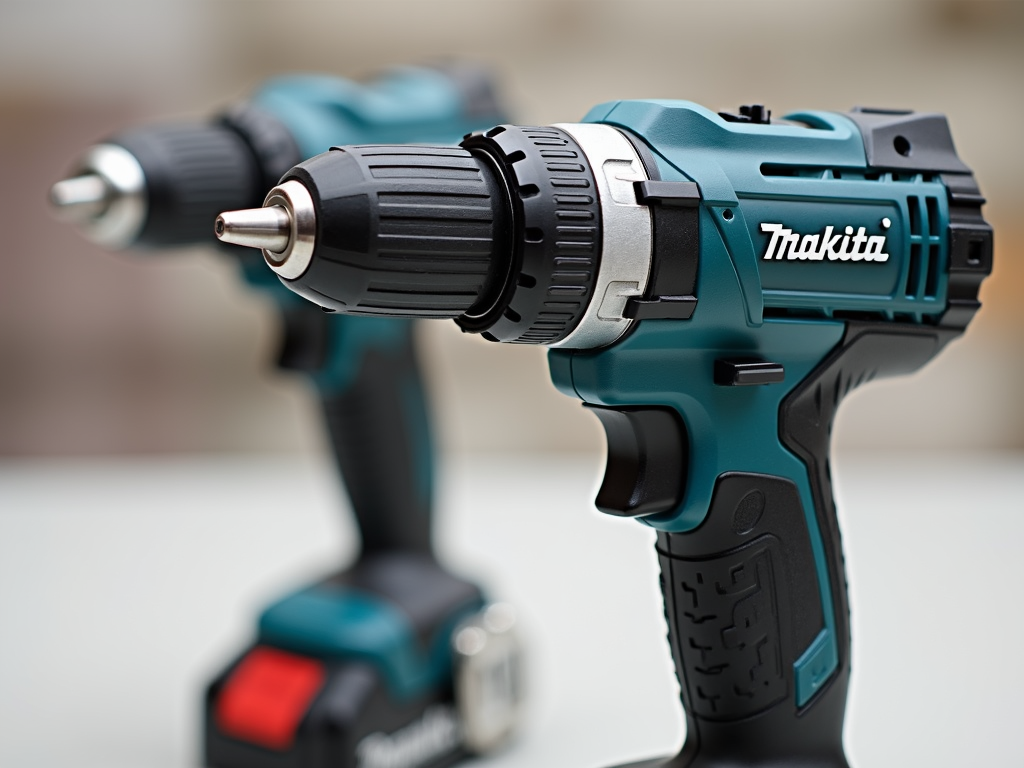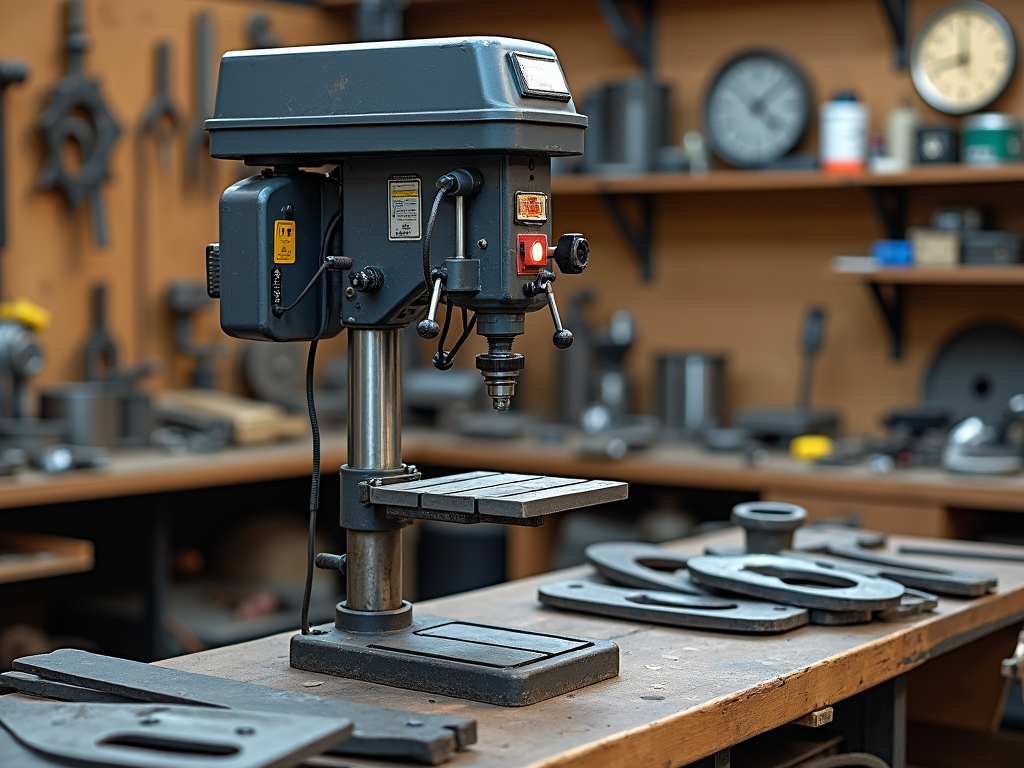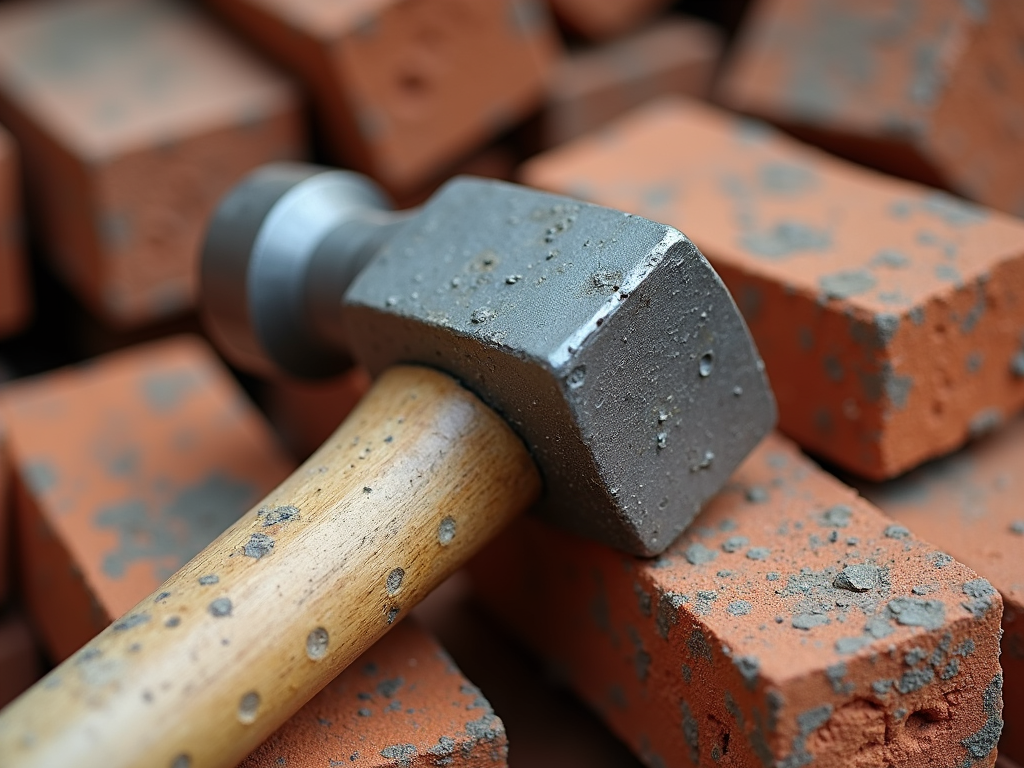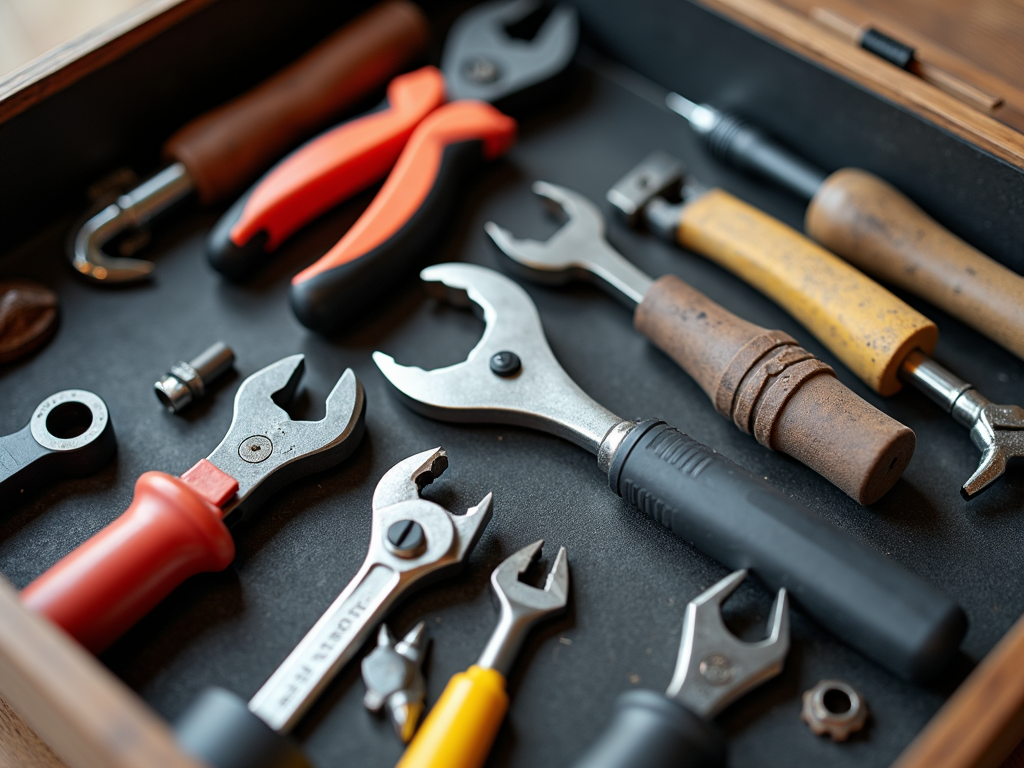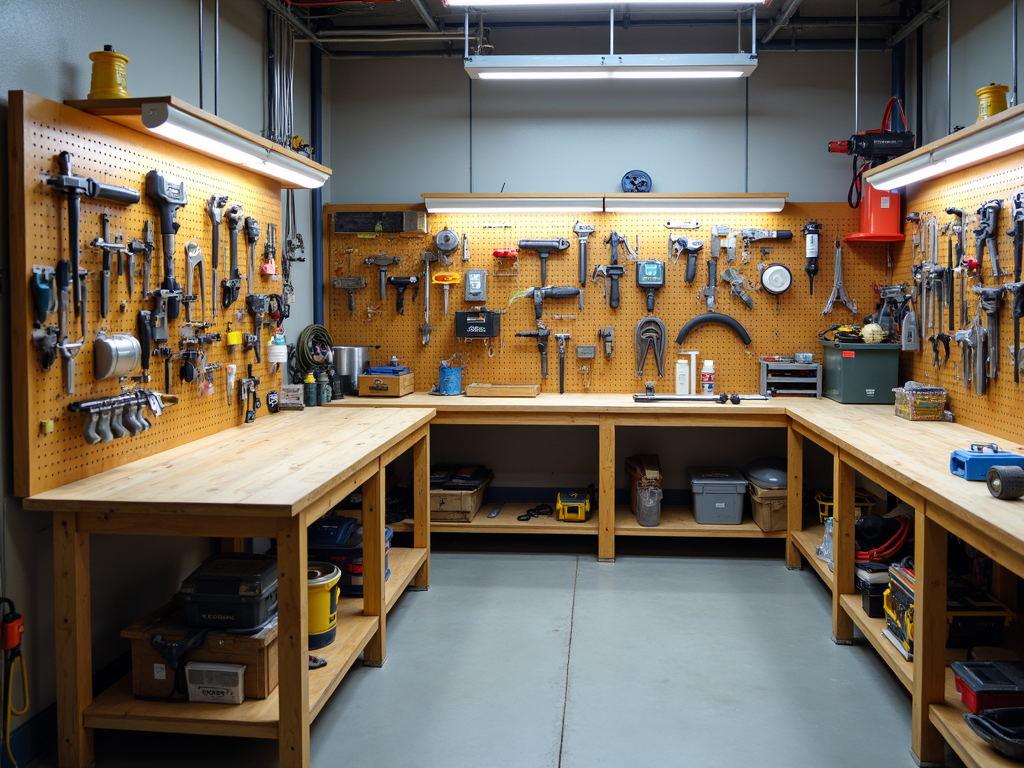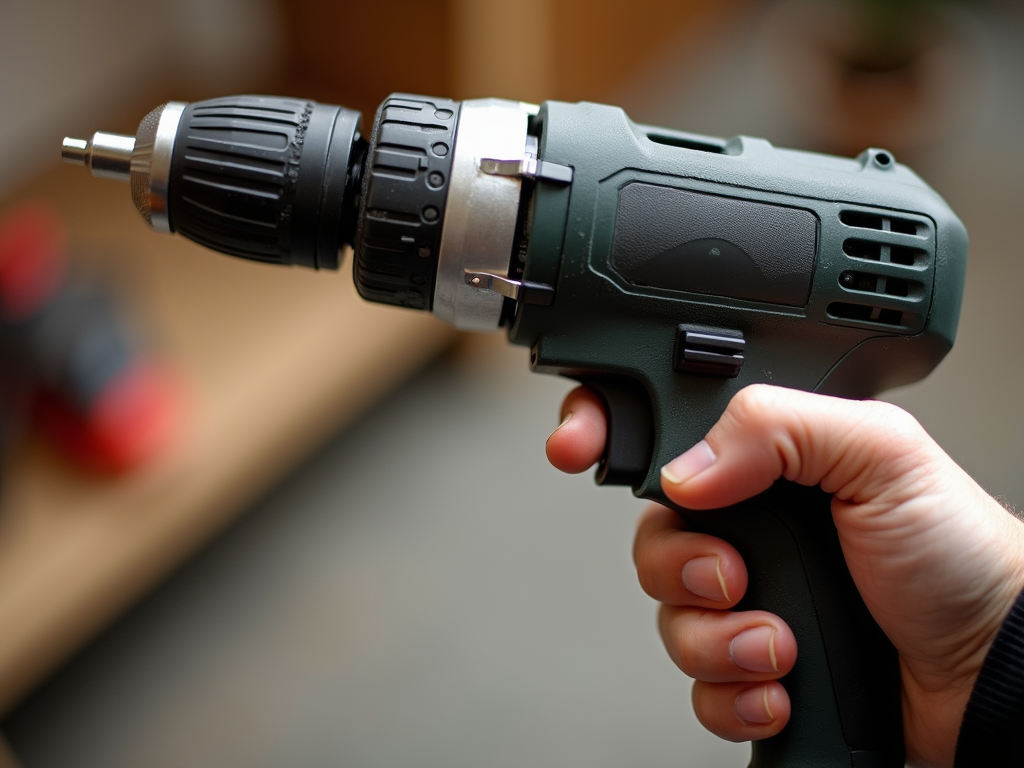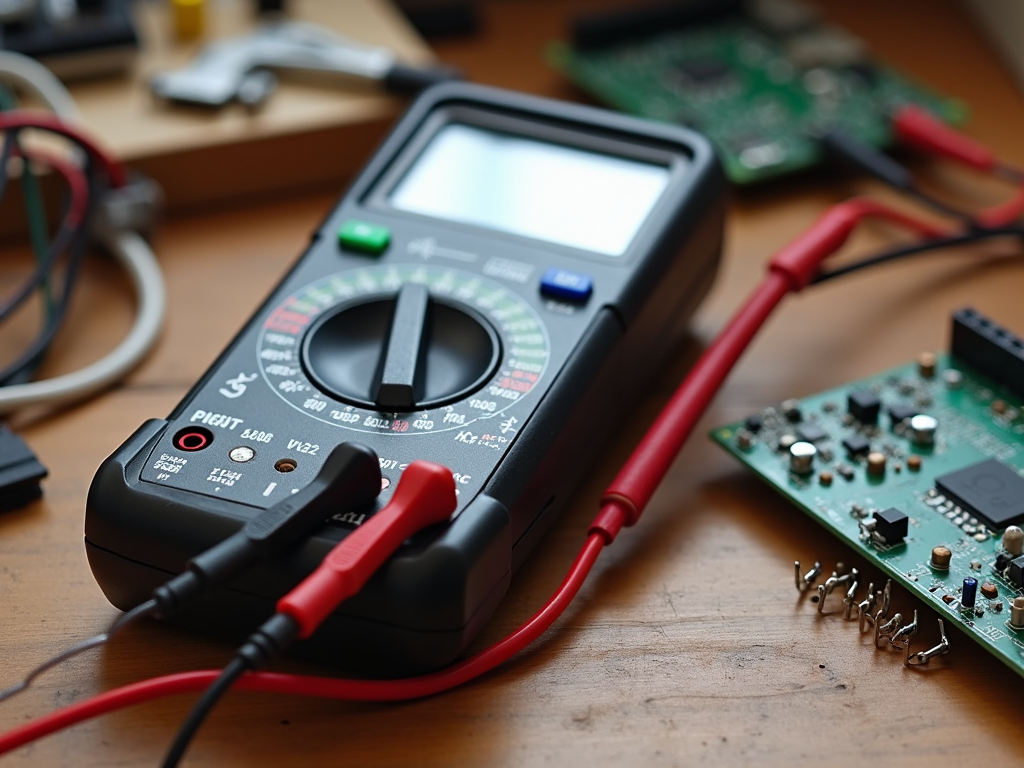Automation is changing the game for industries everywhere, and Advanced Electrical Tools for Automation: A Comprehensive Guide is your ticket to understanding how. These cutting-edge tools help businesses work smarter, not harder—boosting output, cutting costs, and keeping things running smoothly. In just a few minutes, you’ll learn what these tools are, how they team up to automate tasks, and why they matter. From small shops to big factories, this guide has something for everyone curious about the tech shaping our world.
What’s Automation All About?
Picture a factory where machines handle the heavy lifting—literally and figuratively. That’s automation: using tech to do jobs with little human help. It’s everywhere, from car plants to food production. Why does it matter? Simple. It speeds things up, makes products more consistent, and keeps workers safe from risky tasks. Plus, it can run all day and night without a coffee break. These benefits come alive thanks to advanced electrical tools for automation, the unsung heroes behind the scenes.
Meet the Stars: Advanced Electrical Tools
So, what are these electrical tools powering automation? They’re not your average screwdriver or multimeter. These are smart, high-tech devices built to think, act, and talk to each other. Think of them as the brains and muscles of automation. They can process info, make decisions, and adapt on the fly—way beyond what basic tools can do. Some big names include programmable logic controllers (PLCs), sensors, and robots. Let’s break them down.
1. Programmable Logic Controllers (PLCs)
PLCs are like the conductors of an orchestra. These rugged computers control machines and processes by following instructions you give them. In a water treatment plant, for instance, a PLC keeps pumps and filters in sync, checking water quality and fixing issues fast. They’re tough, reliable, and easy to reprogram, which makes them a favorite in automation. Fun fact: they use a visual coding style called ladder logic, so even non-coders can tweak them.
2. Sensors and Actuators
Sensors are the eyes and ears; actuators are the hands. Sensors spot things like heat or movement—like a thermostat watching room temperature. Actuators then jump into action, maybe turning on the AC. Together, they keep automated systems humming. In a warehouse, sensors might track inventory, while actuators move shelves. It’s a perfect tag team for precision and speed.
3. Industrial Robots
Robots aren’t just sci-fi anymore—they’re real players in automation. These machines weld, paint, or assemble stuff with pinpoint accuracy. In car manufacturing, robots build vehicle frames faster than any human could. They’re programmable, tireless, and tough, making them a go-to for heavy-duty tasks. And they’re getting friendlier, with some designed to work side-by-side with people.
How They Team Up
These tools don’t work solo—they’re a squad. Sensors grab data, PLCs crunch it, and actuators or robots make moves. Imagine a conveyor belt: sensors check product weight, the PLC decides if it’s good to go, and a robot packs it up. This teamwork cuts mistakes and keeps things flowing. It’s why advanced electrical tools for automation are game-changers—they turn chaos into order.
Why Bother? The Big Wins
Using these tools pays off big time. Here’s how:
- Speed: Machines beat human pace every time.
- Savings: Less labor, more output—money stays in your pocket.
- Quality: Fewer oops moments mean better products.
- Safety: Robots handle the dangerous stuff.
A study from MIT showed automation can boost factory output by 20-30%. That’s real impact, backed by solid research.
Case Studies: Successful Implementation of Automation in SMEs
Big companies aren’t the only ones winning with automation—small and medium-sized enterprises (SMEs) are too. Take a small parts maker in Ohio. They added PLCs to their CNC machines, letting them run overnight. Output doubled, no extra staff needed. Then there’s a family bakery in Texas. Automated mixers and ovens upped their bread game, landing them deals with local stores. These stories prove automation scales down just as well as it scales up.
The Catch: Challenges to Watch
It’s not all smooth sailing. Setting up costs real money—those tools aren’t cheap. Your team might need training to keep up. And if your old gear doesn’t play nice with the new stuff, you’ve got a puzzle to solve. Plus, hackers love connected systems, so security’s a must. Plan smart, and these hurdles won’t trip you up.
The Future of Industrial Automation
What’s next? The future’s bright—and electric. Artificial intelligence (AI) is making tools smarter, letting them learn from mistakes. The Internet of Things (IoT) connects everything, so machines chat in real time. Robots are turning into ‘cobots,’ teaming up with humans instead of replacing them. A report from the National Institute of Standards and Technology predicts IoT will cut downtime by 15% in smart factories. Tomorrow’s automation is about teamwork and tech, not just machines.
Wrapping It Up
Advanced Electrical Tools for Automation: A Comprehensive Guide shows us how these tools are reshaping work. They save time, money, and effort while pushing quality sky-high. Sure, there are bumps to navigate, but the rewards are worth it. As AI and IoT step in, automation’s only getting better. Whether you’re running a small shop or dreaming big, these electrical tools are your key to staying ahead.
Related Advanced Electrical Tools for Automation: A Comprehensive Guide:
- Choosing the Perfect Hammer for Every Job: A Comprehensive Guide
- Top Innovative Electrical Tools for 2023: A Comprehensive Guide
- The Ultimate Guide to Safety Gear for Construction Workers
- Mastering the Drill Press: Techniques for Better Precision
- How to Prep Your Room for a Perfect Paint Job
- Essential Construction Tools for Masonry Work: A Comprehensive Guide
- How to Choose the Right Power Drill for Your Projects
- Tool Care Basics: Essential Tips to Keep Your Gear Like New
- Top 10 Must-Have Tools for Every Workshop
- A Beginner's Guide to Workman Tools: Essentials, Toolboxes, and Safety Tips
- Essential Safety Checks for Power Tools
- How to Use a Multimeter for Beginners: A Step-by-Step Guide
